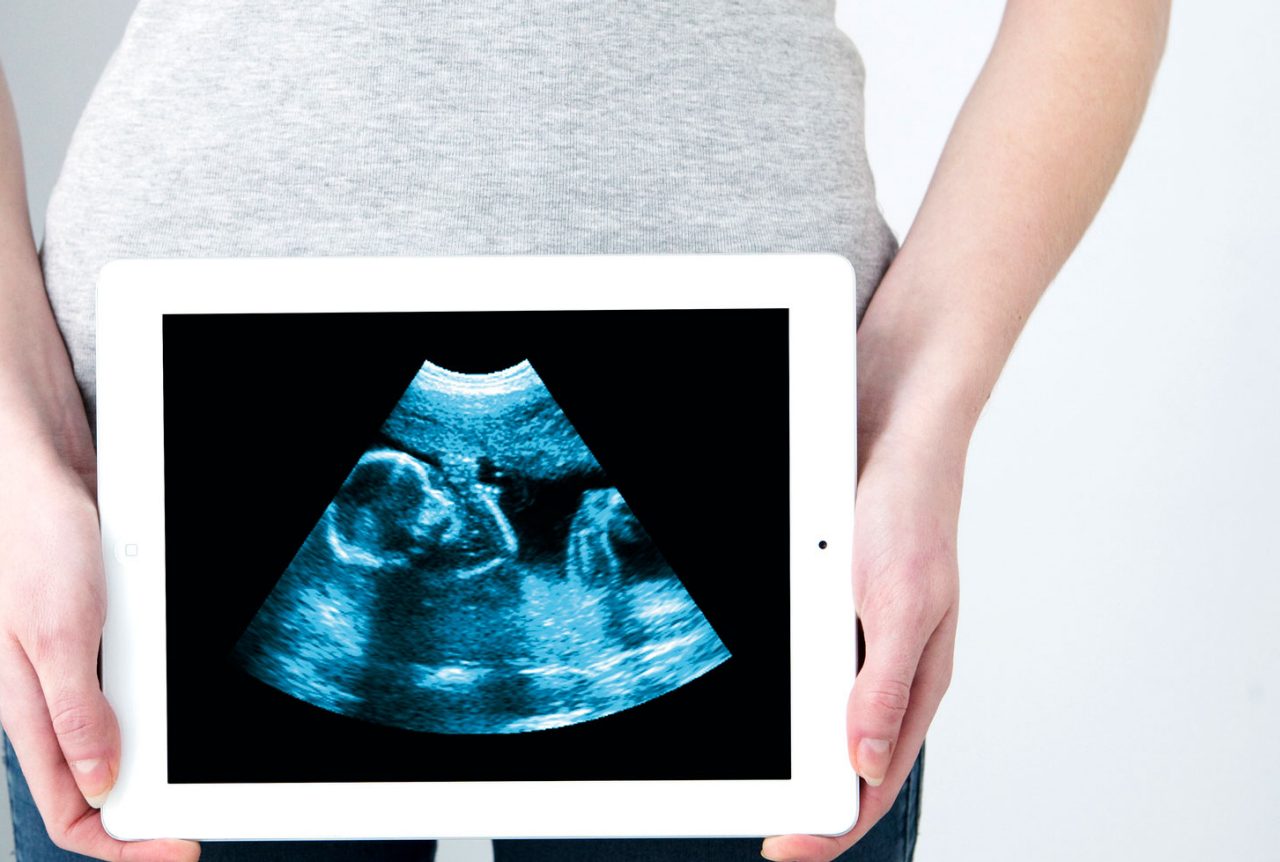Pregnancy Week by Week – Weeks 9 to 12

As your first trimester draws to a close, learn what changes to expect week by week.
As you settle into your new role as mommy-to-be, the rapid growth continues in your womb. Your baby is getting bigger, and starting to look like a real person. When you have your ultrasound later this month, you’ll get a peek at the little human you’ll have a chance to meet in just six months!
Here’s a look at what’s happening with your baby – and your body – this month.
YOU MIGHT ALSO LIKE: Our Pregnancy and Childbirth Section
Weeks 9 - 10
Your baby is changing in shape, appearance – and name. No more is he an embryo. Now he’s a fetus, complete with arms, legs, and a recognizable face. Every part of your baby is growing rapidly, including his brain. Each minute, the neurons that will one day help him learn and play are multiplying at a rate of 250,000 cells per minute.
Your body
You might not have started to show, but you should feel pregnant by now. The queasiness of morning sickness usually arrives by this point in the pregnancy. As your hormones shift, expect to feel a host of other uncomfortable sensations, from heartburn to bloating and mood swings. Certain foods may be either irresistible or entirely unpalatable, as food cravings and aversions set in. And you’ll probably need to shop for a roomier bra as your breasts expand to prepare for nursing.
Your baby
Your baby is still tiny, at just an inch-and-a-half long, but she looks more like a real person. And she’s growing bigger and bigger every day. The tadpole-like embryonic tail from a few weeks ago has disappeared. Now your baby has arms and legs, complete with elbow and knee joints that bend to let her move around in the womb. She also has toes and fingers, including a thumb to suck. The webbing that once connected her fingers and toes is disappearing.
Baby’s heart has divided into four chambers, and it flutters at around 180 beats a minute. Other organs – including the brain, lungs, and kidneys – continue to develop. An ultrasound image will reveal a face complete with eyes, ears, lips, and tongue, and a nose complete with two tiny nostrils.
YOU MIGHT ALSO LIKE: How Does Lack of Vitamin D During Pregnancy Affect a Child?
Weeks 11 - 12
You’re about to cross the three-month threshold. Now that your miscarriage risk has dropped significantly (to just 1 to 5 percent in your second trimester), now might be the opportune time to tell friends and family you’re expecting.
Your body
As you round the three-month mark, many of the symptoms that have plagued you for the past few weeks – including morning sickness and fatigue – should ease up. The second trimester brings a burst of renewed energy. Use that momentum to your advantage while you’re still relatively small and agile (you’ve probably only gained a couple of pounds so far), to prep the baby’s nursery, plan your shower, and baby-proof your home.
Your baby
By the end of this month, your baby measures just over 3 inches long and weighs around 1 ounce – about the size and weight of an egg. All the essential elements of your baby’s body – organs, muscles, and bones – are in place. They just need to grow and become functional. Fingernails and toenails have appeared. Blood is flowing through baby’s blood vessels, and the kidneys can remove wastes and produce urine. Although the sex organs have started to form, the ultrasound technician won’t be able to clue you in on whether you’re having a girl or boy just yet.
What to remember
During this month, your doctor will do prenatal genetic tests to check your baby for conditions like Down syndrome, cystic fibrosis, and other birth defects. These tests typically involve an ultrasound or blood test. Chorionic villus sampling removes a small piece of tissue from the placenta. It’s done between weeks 10 and 13 of your pregnancy.
You should be gaining weight at a steady rate – about one pound a week during this trimester if you started out at a healthy weight. Remember that you’re not actually eating for two, as the old adage goes. You need only about 300 extra calories daily. If you’re having food cravings, honor them, but only to a point. Indulge in a hot fudge sundae for breakfast once in a while, but don’t eat sundaes and other sweets to the exclusion of the nutritious foods you need to keep your baby healthy. If you crave laundry starch, dirt, or clay, let your doctor know right away. This unusual desire for nonfoods, called pica, can be dangerous for you and your baby.
YOU MIGHT ALSO LIKE: Pregnancy Week by Week – Weeks 13 to 16
Updated:
February 02, 2023
Reviewed By:
Janet O’Dell, RN